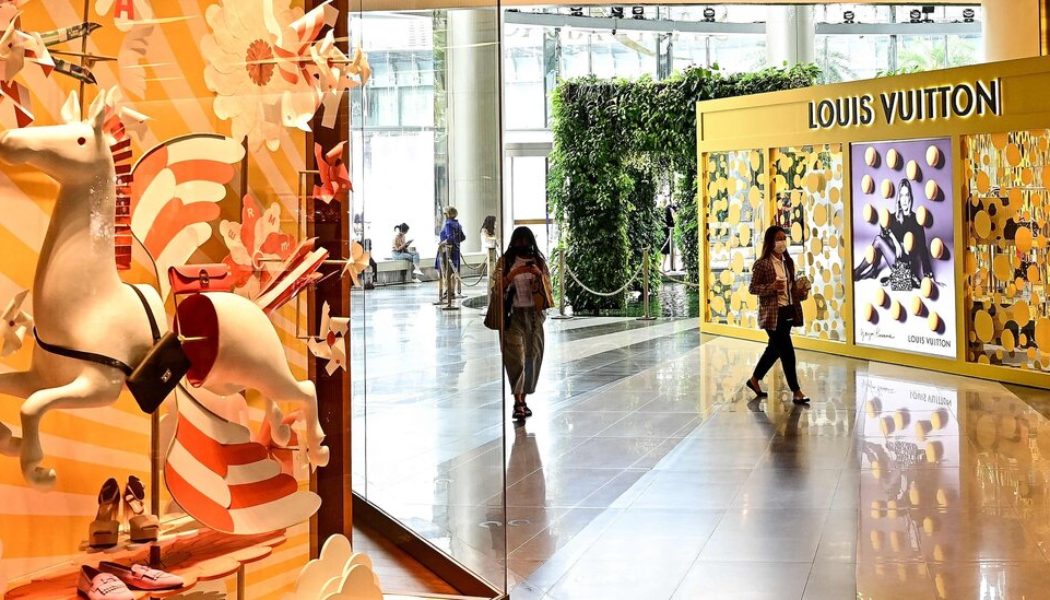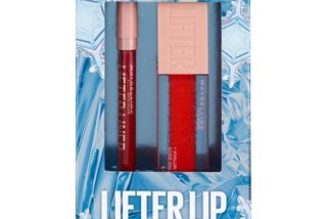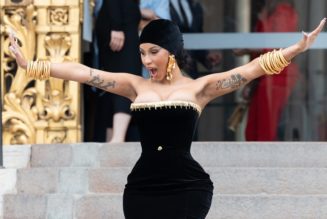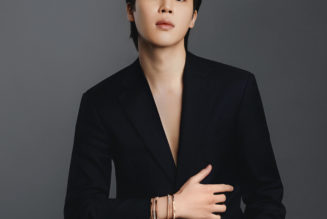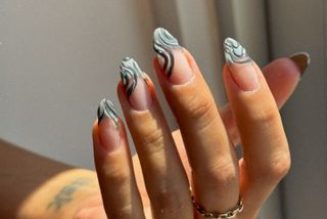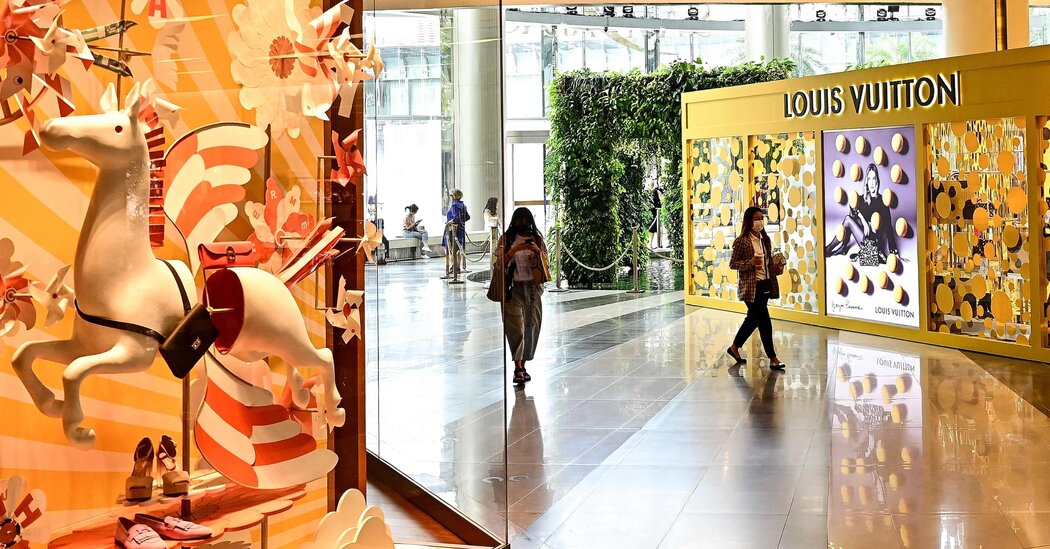
There are several reasons brands increased their prices in recent years, and positioning certainly was one of them.
In March, Jacob & Co. introduced the 216.9-carat Billionaire Timeless Treasure watch, with a price tag of $20 million.
In July, Louis Vuitton announced that it would discontinue most of its entry-level models and that prices of its new Tambour line would range from $18,000 to $52,000.
And this fall, TAG Heuer, a brand long known for its entry-level pieces, is expected to make the Carrera Plasma Diamant d’Avant-Garde commercially available at $520,000. It introduced the design, studded with white lab-grown diamonds, in March.
So, does price make a luxury watch?
Yes, some argue.
“People strongly associate luxury with high prices,” according to a poll of 3,217 luxury buyers from France, the United States, China, Brazil, Germany and Japan conducted in 2021 by Pierre Valette-Florence, a professor at the Grenoble IAE Graduate School of Management in France, and the brand expert Jean-Noël Kapferer. And their findings, published the same year in the Journal of Business Research, showed that price had a direct correlation with attributes such as high quality, exclusivity and status in the minds of the respondents.
The study also mentioned that continuously rising prices are embedded in the luxury business model (“To pursue growth, luxury brands are expanding their markets, but such expansion puts their exclusivity at risk,” the report said. “To offset this threat, leading luxury brands systematically increase their average prices.”)
Generally speaking, the point is at least a century old. The American sociologist Thorstein Bunde Veblen referred to it in 1899 in his seminal book “The Theory of the Leisure Class”: The desire for luxury goods increases with their price.
And Oliver Müller, founder of the Swiss consultancy LuxeConsult and one of the authors of the Morgan Stanley annual report on watches, said it certainly applies to the watch business.
“Price is always a luxury marketing tool to legitimate your luxury positioning claim,” he said, citing Richard Mille as a brand that has made high prices one of its core principles.
The $135,000 price of “the first watch launched in 2001 shocked the people and the media, but sent a strong message out of a brand daring to sell at a higher price than Patek Philippe,” he said. “Every new watch launched by the brand is positioned at a price level where no one would question its luxury status.”
Such pricing decisions might be risky at some point in time. But Laurent François, managing partner of the luxury creative agency 180 Global in Paris, noted the world’s increasing number of millionaires. And according to the 2023 Credit Suisse Global Wealth Report, the number will rise to 86 million by 2027 from 59.4 million at the end of 2022.
And, Mr. François added, many brands have made the strategic decision to concentrate on the wealthy rather than aspirational luxury customers, who, he said, “can be more volatile, unlike higher earners who can afford to pay at the top” and are less price sensitive.
How the strategy is playing out is reflected in annual statistics from the Federation of the Swiss Watch Industry. Between 2015 and 2022, the number of watches exported decreased about 44 percent (to about 16 million in 2022 from about 28 million in 2015), but their value increased by about 15 percent (to 24 billion Swiss francs from 20 billion Swiss francs, or what today would be the equivalent of about $27.2 billion from $22.7 billion).
Watches that typically retail for less than $1,000 have taken the biggest hit in the numbers exported, decreasing 54 percent (to 11 million in 2022 from 23 million in 2015), while watches retailing at more than $5,500 have increased 21 percent (2 million in 2022 from 1.5 million in 2015).
But output of luxury watches priced at $1,000 to $5,500 has been stable, oscillating between 2.6 million pieces in 2020 (the smallest output between 2015 and 2022) and 3.4 million in 2015 (the largest output recorded since 2010).
That midrange price category has attracted some names that might be unexpected, such as Dior, which in 2021 introduced the La D de Dior watch collection, starting at $4,000, and Gem Dior, at $5,000. And Cartier’s revival of the Tank Must collection last year now has models starting at $2,920.
The segment also has been Breitling’s strategic focus, said Georges Kern, who took over as the brand’s chief executive in 2017. Since then, the brand has boosted its annual sales by 25 percent, to an estimated 860 million Swiss francs, according to Morgan Stanley’s 2023 watch report.
At times of economic uncertainty, however, brands can overprice themselves, said Faye Soteri, the senior international watch buyer, based in England, for the multibrand retailer Watches Of Switzerland. “Your budget is still your budget,” she said, “and the price will always be the first consideration for a client.”
And the head of haute horlogerie at the Swiss retailer Bucherer, Olivier Gantenbein, noted that clients who cannot extend their budgets may consider other brands and, instead of one product at a high price, “may go for two products with a lower price.”
But Jean-Marc Pontroué, chief executive of Panerai, said in an email that the definition of a luxury watch has shifted and that customers’ willingness to pay higher prices is influenced by the “statement on the wrist” a watch can make.
Omega’s chief executive, Raynald Aeschlimann, expressed a similar sentiment in an email: “Today buyers are more likely to focus on cutting-edge materials and beautiful yet robust watches that offer flexibility, they are looking for luxury that lasts, is sustainable and backed by a genuine legacy of excellence. This is especially true of the emerging generation.”
Yet Hassan Akhras, a collector in Dubai and the founder of the Arab Watch Guide, a club for watch enthusiasts, believes there are boundaries: “Collectors research a lot, so if a brand raises prices, it raises questions.”
While a small percentage of collectors are happy to flaunt watches as “rich club” membership cards, he said, others — prompted by price increases they believe to be unjustified — have reconsidered watches that they think have a better price-quality relationship, such as Chopard’s Alpine Eagle and Bulgari’s Octo Finissimo.
The Octo Finissimo starts at $13,300, in stainless steel. That price, according to Bulgari’s watch division managing director, Antoine Pin, was guided by a “humble approach by a team who had everything to prove on the market” and was priced as “not too expensive compared to what Bulgari had historically sold and not expensive at all for what the product is.”
Looking at the flip side, is there risk for the brand if a watch is considered too cheap?
Some executives, including Mr. Pontroué and Mr. Aeschlimann, said they believe so. And Julien Tornare, chief executive of Zenith, echoed the sentiment: “It is like with wines, the more you know about the product, the more you are focused on the product; the less you know, the more you are influenced by the price.”
Still, Mr. Pin is convinced that “there’s respect for brands pricing watches fairly.” And Claudia D’Arpizio, a partner at Bain & Co. in Milan, agreed that “paying a fair price is part of offering a good customer experience.”
And some watch specialists maintain that price isn’t the real consideration at all.
“A luxury watch is defined by its quality, not its price,” said Mike Nouveau, a vintage watch dealer based in New York City. “I have never heard a luxury quality watch being associated with cheap — good value, yes, but not cheap.”
